How many types of leukemia are there? What makes each one unique, and are they treated any differently?
We went to leukemia specialist Naveen Pemmaraju, M.D., for answers to these questions and more. Here’s what he shared.
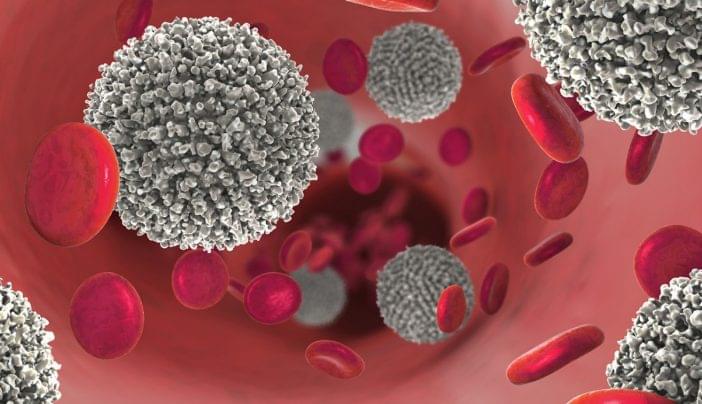
How many types of leukemia are there? What makes each one unique, and are they treated any differently?
We went to leukemia specialist Naveen Pemmaraju, M.D., for answers to these questions and more. Here’s what he shared.
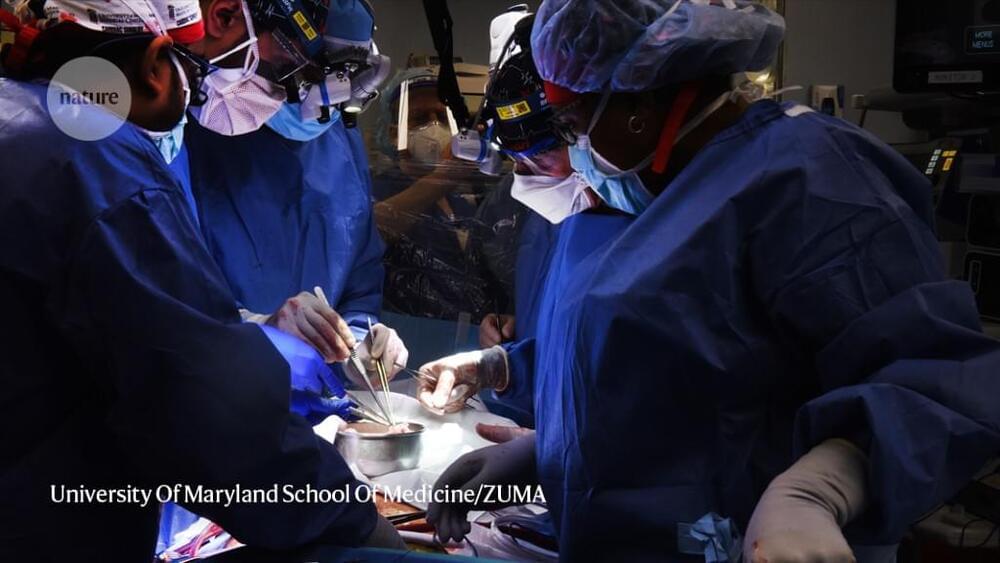
Unnecessary playing with nature.
In January, Bennett’s doctors offered him the chance to receive a heart from a pig. He took it. “I know it’s a shot in the dark, but it’s my last choice,” he said in a press release from the University of Maryland Medical Center in Baltimore, where he was being treated. On 7 January, doctors transplanted the heart, which had been genetically modified so that the human body would tolerate it.
Bennett survived for eight weeks with his new heart before his body shut down. After his death, the research team learnt that the transplanted organ was infected with a pig herpesvirus that had not been detected by tests1.
But even a few weeks is a long time for an animal organ placed in a human, known as a xenotransplant. Given that the human immune system begins attacking non-genetically modified pig organs in minutes, other xenotransplantation researchers are impressed with the experiment. “It’s actually beyond my expectation that the patient lived up to two months,” says Luhan Yang, a bioengineer and chief executive of Qihan Biotech in Hangzhou, China. “I think it’s a victory for the field.”
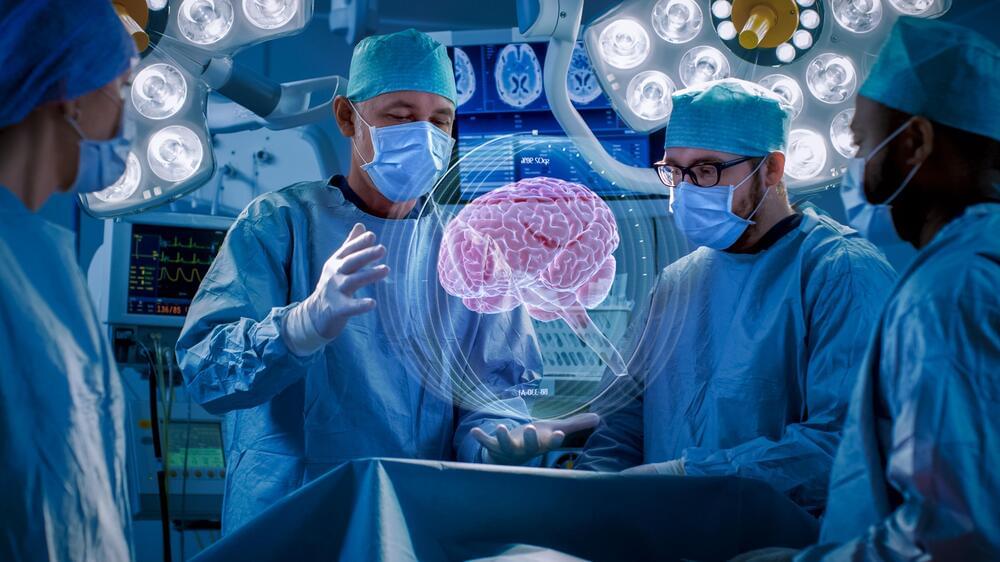
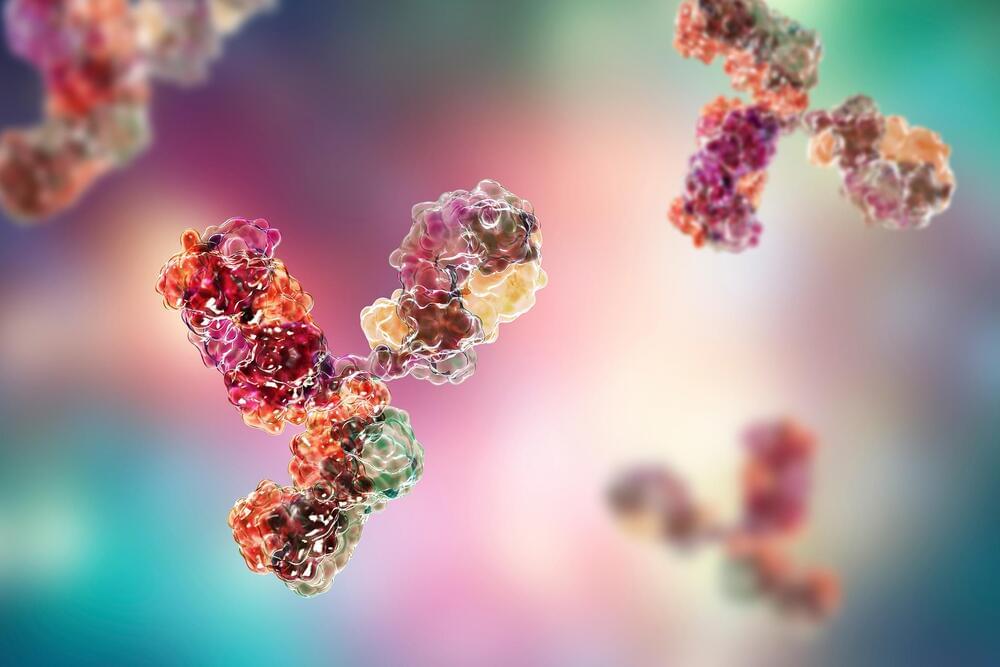
Scientists in Israel have created the first nano-robot antibodies designed to fight cancer. The first human trial for the new nano-robots will start soon, and it will determine just how effective the antibodies are. What is special about these particular antibodies, too, is that they are programmed to decide whether cells surrounding tumors are “bad” or “good.”
The trial is currently underway in Australia and if it goes according to plan, the nano-robot antibodies will be able to fight cells around tumors that can help the tumor while also boosting the capability of the cells inhibiting the growth of the cancerous cells. The antibodies were invented by Professor Yanay Ofran and are based on human and animal antibodies.
The goal of these nano-robot antibodies is to unlock the full potential that antibodies offer, Ofran says. Currently, the use of antibodies in medicine only utilizes a fraction of the capabilities offered by these natural disease fighters. As such, finding a way to maximize their capability has been a long-term goal for quite a while.

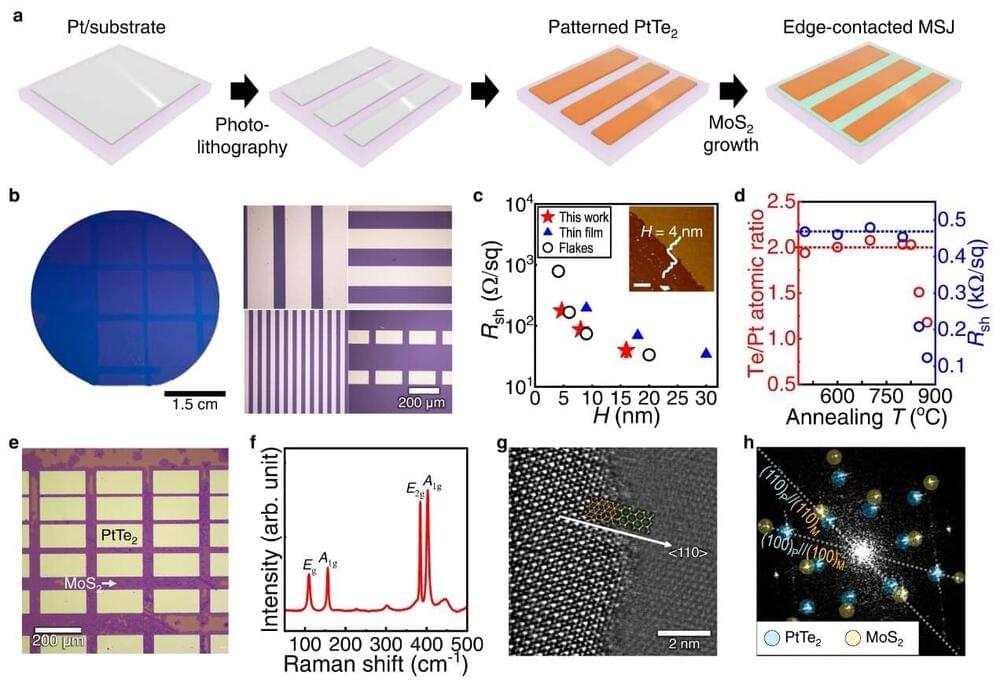
A recent study, affiliated with South Korea’s Ulsan National Institute of Science and Technology (UNIST) has reported a scalable synthetic strategy to fabricate low-resistance edge contacts to atomic transistors using a thermally stable 2D metal, namely PtTe2.
Developing cheaper, smaller, and better-performing semiconductors with materials other than silicon (Si), is expected to gain momentum, thanks to a recent study from UNIST. This will aid in reducing the space between semiconductors and metals within semiconductor devices to ∼1 nm, which could help maintain high performance.
Published in the August 2022 issue of Nature Communications, this study has been jointly led by Professor Soon-Yong Kwon and Professor Zonghoon Lee in the Department of Materials Science and Engineering at UNIST.

About 600 seemingly disparate fungi that never quite found a fit along the fungal family tree have been shown to have a common ancestor, according to a University of Alberta-led research team that used genome sequencing to give these peculiar creatures their own classification home.
“They don’t have any particular feature that you can see with the naked eye where you can say they belong to the same group. But when you go to the genome, suddenly this emerges,” says Toby Spribille, principal investigator on the project and associate professor in the Department of Biological Sciences.
“I like to think of these as the platypus and echidna of the fungal world.”
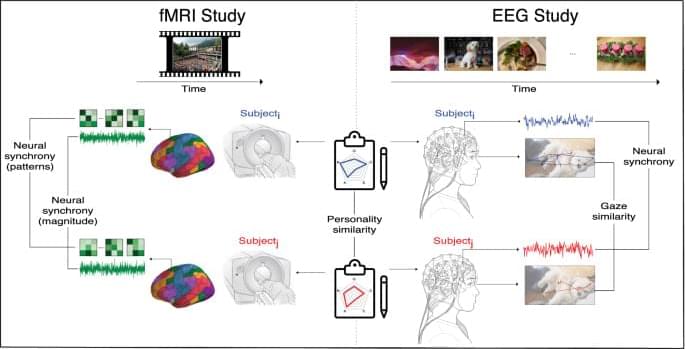
Successful communication and cooperation among different members of society depends, in part, on a consistent understanding of the physical and social world. What drives this alignment in perspectives? We present evidence from two neuroimaging studies using functional magnetic resonance imaging (fMRI; N = 66 with 2,145 dyadic comparisons) and electroencephalography (EEG; N = 225 with 25,200 dyadic comparisons) to show that: the extent to which people’s neural responses are synchronized when viewing naturalistic stimuli is related to their personality profiles, and that this effect is stronger than that of similarity in gender, ethnicity and political affiliation.
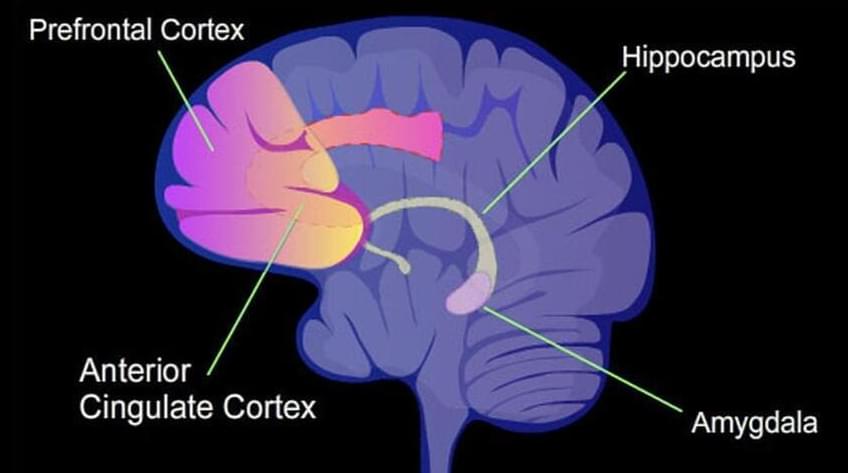
Major depressive disorder is associated with altered interoception — or the ability to sense the internal state of your body. Now, new brain imaging research provides evidence that depressed individuals tend to exhibit “faulty” neural processing of gastric interoception, particularly among those with high levels of rumination. The findings have been published in the Journal of Psychiatric Research.
“Repetitive negative thinking (RNT), usually referred to as ‘rumination’ in persons who suffer from depression, is a very significant clinical problem,” explained study author Salvador M. Guinjoan, a principal investigator at the Laureate Institute for Brain Research and associate professor at Oklahoma University Health Sciences Center at Tulsa.
“The reason is that when it is severe and persistent, RNT conditions higher chances of depression relapse and is associated with residual symptoms after treatment, is more common in persons who do not respond to treatment, and is even related to suicide. This particular communication refers to one among a series of projects in our lab attempting to understand rumination.”

A study of physiological responses of college-age Overwatch players found that many skilled players tend to start the game with elevated physiological stress responses, adjusting them during gameplay. The physiological stress responses of low skill players, in contrast, tend to increase as the game progresses. The study was published in the Journal of Strength and Conditioning Research.
Competitive electronic gaming or eSport is gaining traction as a recognized sport. The rise of eSports into a multi-billion dollar industry has been attributed to the emergence of streaming platforms and advertisement revenues and high-values sponsorships that came with them. eSports are one of the 24 competitive sports included in the 2022 Asian games held in Hangzhou, China.
Following their rise in popularity, scientists have become interested in studying eSports athletes to understand the stress related to participating in eSports both in competitive and noncompetitive settings. First studies focused on health concerns, given the sedentary nature of eSports, and primarily studied players of League of Legends (LOL) as one of the most popular eSports games at the time.